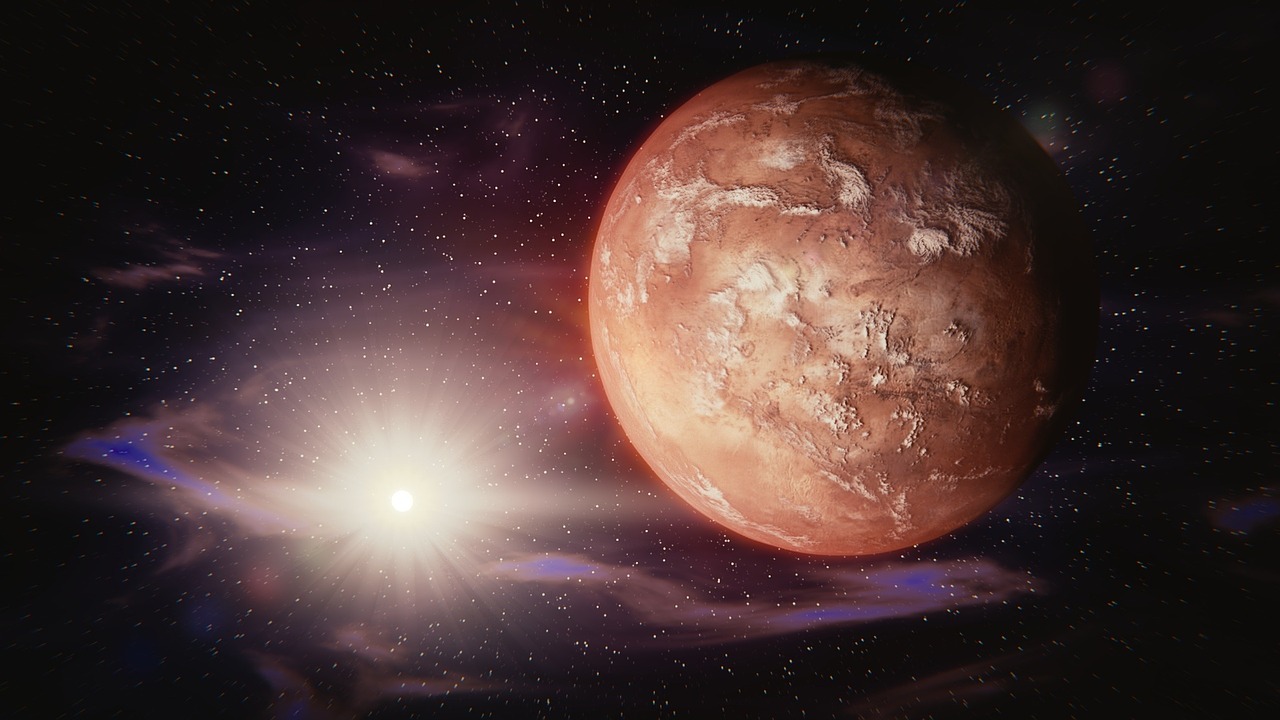
The European Space Agency has released a mesmerizing video showcasing the enormity of Mars’ Valles Marineris, an immense canyon system stretching across 2,500 miles, akin to Earth’s Grand Canyon.
The aerial tour presents breathtaking visuals of Noctis Labyrinthus, a ‘nighttime maze’ within the canyon that extends for 740 miles.
This extraordinary network of deep valleys is surrounded by the highest volcanoes in the solar system. Scientists theorize that these towering volcanoes contributed to the creation of the expansive canyons, triggering the Martian crust to shift upwards and form fissures billions of years ago.
Now, with the help of precise data gathered by satellites circling Mars, we have the opportunity to marvel at these unique topographical features in striking 3D detail.
Naturally, the footage we see isn’t captured by a real aircraft flying over Martian canyons. Instead, it’s a rendering created from comprehensive stereo images taken by ESA’s Mars Express orbiter, merged with existing topographical data.
The Noctis Labyrinthus’ dimensions are genuinely otherworldly. Some of the canyon’s valleys are as wide as 18.6 miles and incredibly deep, reaching up to 3.7 miles. To help visualize these figures, the entire Grand Canyon spans 18 miles in width and only reaches a maximum depth of 1.1 miles, or 6,000 feet.
Gargantuan landslides have resulted in the collapse of some canyon walls, resulting in an extensive spread of sand across the valley floors. One such landslide, observed by NASA’s Viking Orbiter, impressively spans 25 miles across the valley floor.
Fierce winds have also sculpted vast fields of sand dunes in this alien world.
There remains much to uncover about Mars’ colossal Valles Marineris. Unlike the Grand Canyon, which was shaped by the erosive force of the Colorado River, the Martian counterpart was primarily formed due to tectonic fractures in the planet’s crust. However, scientists propose that water might have influenced the canyon’s landscape billions of years ago, despite the fact that its role is yet to be fully understood.
Disclaimer: This page contains affiliate links. If you choose to make a purchase after clicking a link, we may receive a commission at no additional cost to you. Thank you for your support!

Leave a Reply